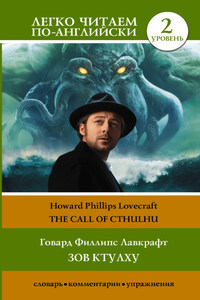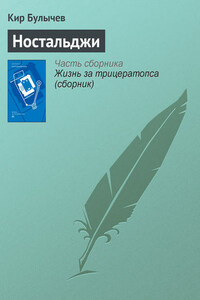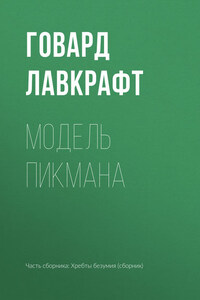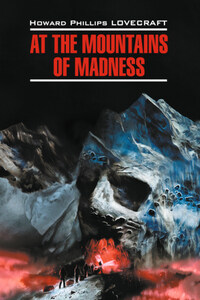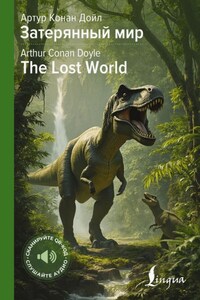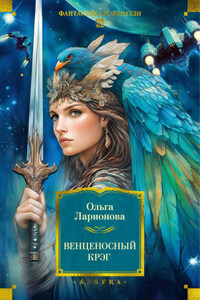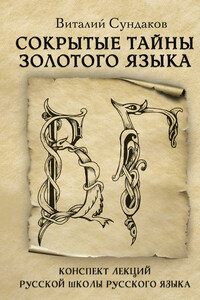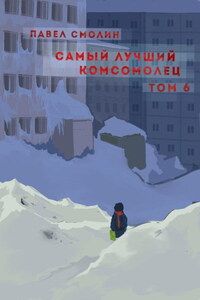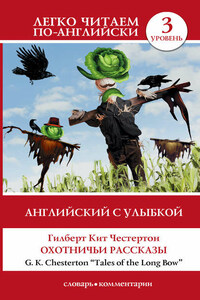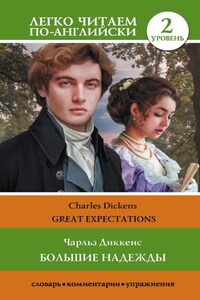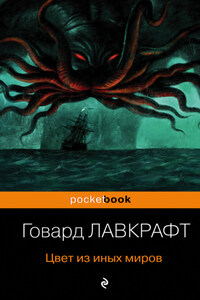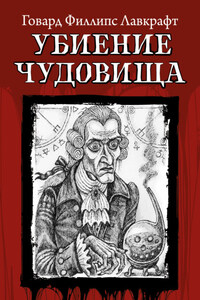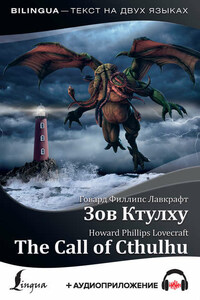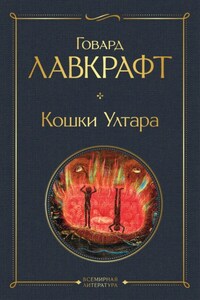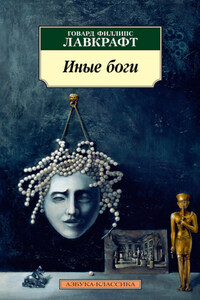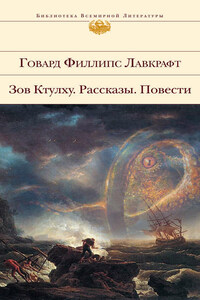I think, that the most merciful thing in the world is the inability of the human mind to correlate all its contents. We live on a placid island of ignorance in the midst of infinite black seas. Will we voyage far? The sciences harmed us little; but some day the parts of dissociated knowledge will open up such terrifying views of reality, that we’ll go mad from the revelation. Or we’ll flee from the light into the peace and safety of a new dark age[1].
Theosophists[2] tell about awesome grandeur of the cosmic cycle where our world and human race form transient incidents. Their strange suggestions freeze the blood. When I think of them and when I dream of them, forbidden ages chill me and madden me. Like all dread glimpses of truth, that glimpse appeared from an accidental parts of separated things. In this case, from an old newspaper and the notes of a dead professor. I hope that no one else will collect those parts. Certainly, if I live, I will never add a link in that terrible chain. I think that the professor, too, intented to keep silent. He wanted to destroy his notes but sudden death stopped him.
My first knowledge of the theme began in the winter of 1926–1927 with the death of my great-uncle[3], George Gammell Angell, Professor Emeritus of Semitic Languages[4] in Brown University, Providence, Rhode Island. Professor Angell was widely known as an authority on ancient inscriptions. The heads of prominent museums frequently asked him for help. Everybody talked about his death at the age of ninety-two. Moreover, the obscurity of the cause of death intensified the interest. The professor was stricken while he was returning from the Newport boat[5]. He fell suddenly. Witnesses said that a nautical-looking Negro[6] pushed him. That Negro came from one of the queer dark streets on the precipitous hillside. These streets formed a short way from the waterfront to the professor’s home in Williams Street. Physicians were unable to find any visible disorder. After perplexed debate they concluded that some obscure lesion of the heart was responsible for the end. The brisk ascent of a steep hill provoked that lesion. The professor was old. At the time I saw no reason to disagree with them, but lately I began to doubt.
My great-uncle’s died a childless widower. I was his heir and executor. I moved his files and boxes to my quarters in Boston to study his papers. The American Archaeological Society later published much of the material. But there was one box which I found very puzzling. I did not want to show this box to other eyes. It was locked and I did not find the key. But after I examined the personal ring which the professor carried in his pocket I was able to open it. When I did so I confronted another barrier. I found the queer clay bas-relief[7]
and the disjointed notes, ramblings, and cuttings. What was their meaning? Was my uncle, in his latter years, superstitious? I decided to find the eccentric sculptor which was responsible for this apparent disturbance of an old man’s mind.
The bas-relief was a rough rectangle less than an inch thick[8] and about five by six inches in area. Obviously it was of modern origin. Its designs, however, were far from modern in atmosphere and suggestion. And there was writing of some kind. But I was unable to identify the letters.
Above hieroglyphics was a figure. It was not detailed but it conveyed an idea. It was a sort of monster, or symbol of a monster. Only a diseased fancy can conceive this form. My extravagant imagination offered simultaneous pictures of an octopus, a dragon, and a human caricature. The spirit of the sculpture combined all of them. A pulpy, tentacled head[9] surmounted a grotesque and scaly body with rudimentary wings. The general outline of the whole monster was very shocking and frightful. Behind the figure was a vague Cyclopean architectural background[10].
Professor Angell himself wrote some of the documents accompanying this thing. He made it recently; and made no pretense to literary style. The main document had the title “CTHULHU CULT”. The characters were painstakingly printed[11] to avoid the erroneous reading of an unknown word. This manuscript was divided into two sections. The first section had the title “1925 – Dream and Dream Work of H.A. Wilcox, 7 Thomas St., Providence, R. I.[12]”. The second section had the title “Narrative of Inspector John R. Legrasse, 121 Bienville St., New Orleans, La., at 1908 A. A. S. Mtg. – Notes on Same, amp; Prof. Webb’s Acct.[13]” The other manuscript papers were brief notes. Some of these brief notes were the descriptions of the strange dreams of different persons. Some of them were citations from theosophical books and magazines (notably W. Scott-Elliot’s Atlantis and the Lost Lemuria[14]). The other notes were comments on secret societies and hidden cults, with references to passages in such mythological and anthropological books as
